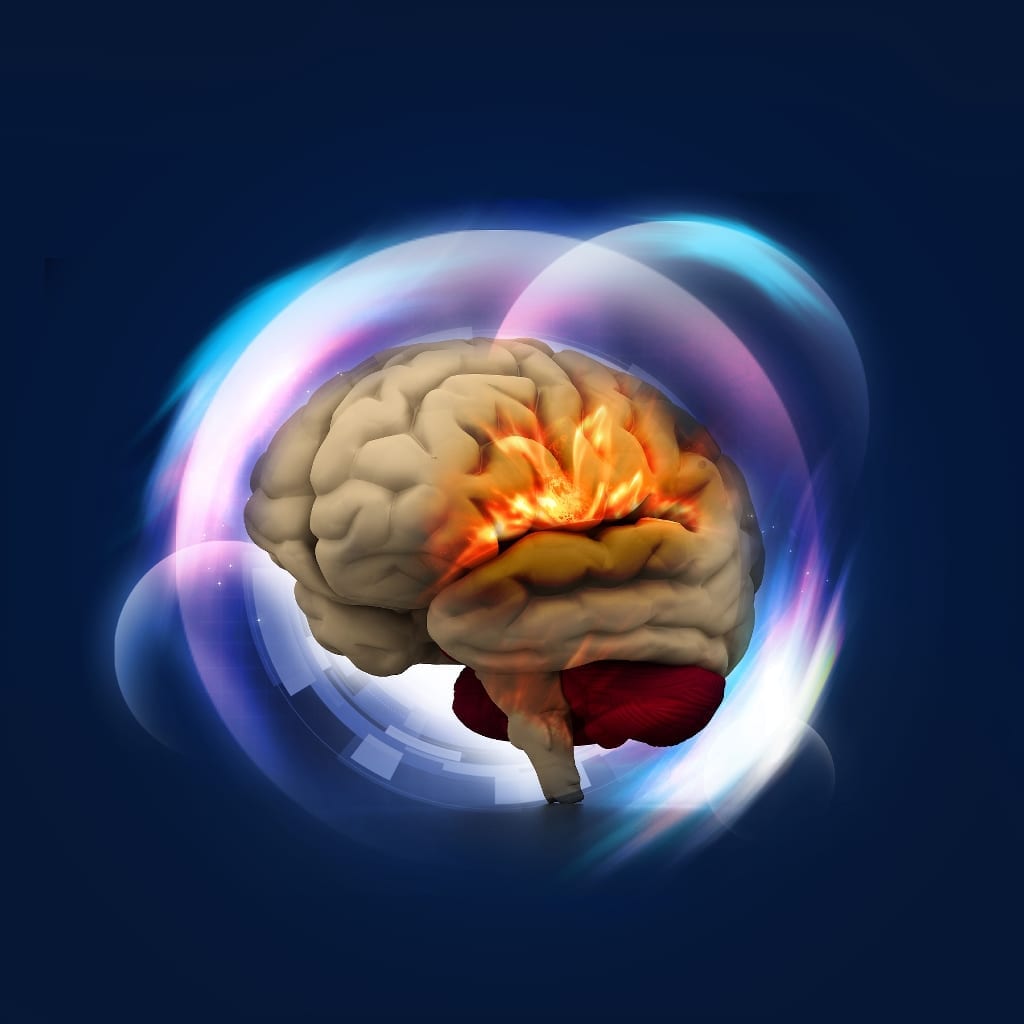What Happens to Your Brain As You Die?
In a first-of-its-kind study, scientists at Charité – Berlin University of Medicine and the University of Cincinnati have gained some fascinating insight as to what the neurobiology of dying looks like, according to IFLScience.com. In a study published in the Annals of Neurology they found that “not only do animal and human brains perish in a similar fashion, but there’s a noticeable period wherein restoring brain function is, hypothetically, possible.”
The group of scientists assessed patients who had suffered from various devestating brain injuries. Activation of Do Not Resuscitate-Comfort Care orders and withdrawal of all mechanical breathing aparatuses also occurred. With the legal consent of patient’s family members, they monitored the neurological activity of their brains using electrode strips.
This equipment “picked up on the flaring of the brain cells as they tried to stop the inevitable” in 8 out of 9 patients. This “flare up” happened simultaneously across the entire brain. Next, there was a “huge release of thermal energy as the electrochemical balances that keep brain cells alive and well break down,” Robin Lewis writes. This leads to a hasty drop in oxygen levels, and electrical activity across the brain ceases.
Lead author Professor Jens Dreier notes that the release of thermal energy, known as spreading depolarization, which marks the onset of cell toxification and destruction, “is not a marker of death per se, since depolarization is reversible – up to a point – with restoration of energy supply,” he told IFLScience.com.
While a lot more research will need to be done, the team of researchers hope to further understand, ultimately, how to save individuals from death.














